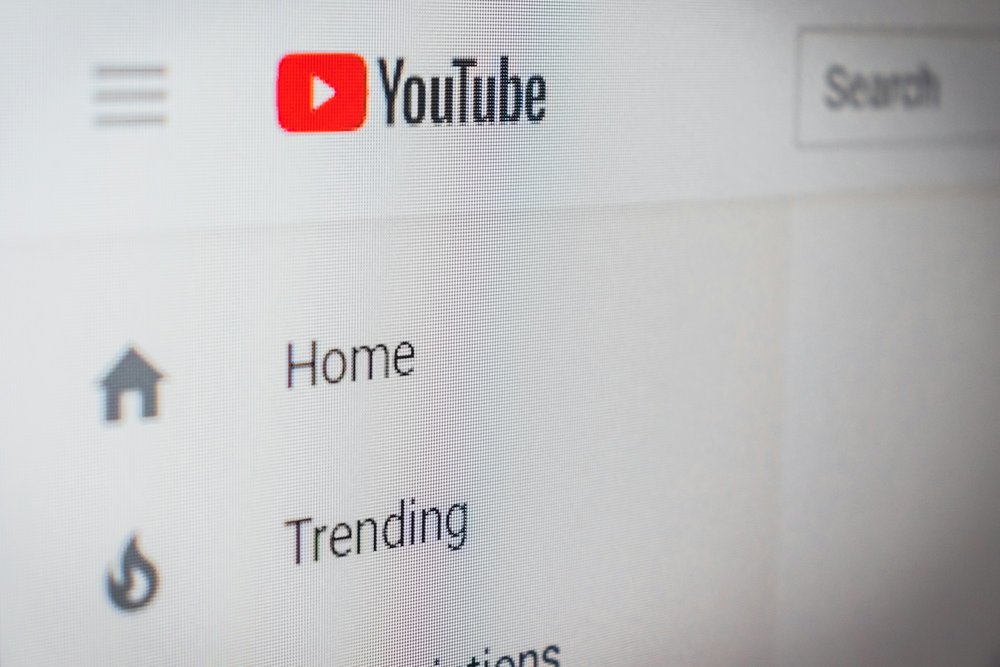Considering YouTube ads for your marketing mix? You're on the right track. YouTube boasts over 2 billion logged-in monthly users and ranks as the world’s second-largest website after Google. Leveraging this platform can significantly boost your brand visibility and engagement. But before diving in, it’s essential to understand the YouTube ad cost, different ad formats, and how to optimize your YouTube advertising campaigns for the best return.
What Influences YouTube Ad Cost?

YouTube ad pricing isn’t one-size-fits-all. It depends on several key factors:
- Ad Format: Different YouTube ad types have varied pricing models. For example, bumper ads charge per thousand impressions, while skippable video ads use a cost-per-view (CPV) model.
- Target Audience: Narrower, highly competitive target groups often increase your ad spend.
- Bidding System: You bid for ad space via Google Ads, and your max cost per view or click affects your actual costs.
- Campaign Objectives: Goals like brand awareness versus direct conversions influence your budget and ad type.
- Video Quality and Messaging: Engaging content grabs viewers’ attention and improves your quality score, lowering costs.
On average, CPV ranges from $0.10 to $0.30, while CPM (cost per thousand impressions) can range from $2 to $10 depending on targeting and competition. Businesses typically start with a daily budget of $10 or more, adjusting based on performance.
Overview of YouTube Ad Formats in 2026

YouTube offers a variety of different ad formats to suit various marketing goals. Understanding these will help you select the most cost-effective option.
1. Skippable In-Stream Ads
These ads play before, during, or after a video and can be skipped after 5 seconds. You pay only when a viewer watches at least 30 seconds or interacts with your ad. This format balances cost effectiveness with reach and engagement.
2. Non-Skippable In-Stream Ads
These ads run 15-20 seconds and must be watched in full before the main video plays. They guarantee exposure but come at a higher cost since you pay per impression.
3. Bumper Ads
Short, up to six seconds long, these ads are non-skippable and charged per thousand impressions (CPM). Ideal for quick brand awareness and making a lasting impression.
4. Discovery Ads
Appearing alongside related videos or in search results, these ads feature a video thumbnail and text. You pay per ad click, making them great for attracting viewers actively searching for content related to your brand.
5. Overlay and Display Ads
- Overlay ads are semi-transparent ads that appear on the lower portion of videos on desktop only.
- Display ads appear beside videos on desktop, often above video suggestions.
Both are desktop only ads and charged on a CPC basis, useful for retargeting or driving traffic without interrupting video content.
6. Masthead Ads
These premium ads appear on the YouTube homepage and deliver massive reach quickly. Available by reservation only through Google sales reps, they are the most expensive but highly effective for big launches or events.
7. Outstream Ads
Mobile-optimized video ads that run on Google’s video partner sites outside YouTube, helping you reach mobile users effectively.
How to Optimize Your YouTube Advertising Campaigns

To get the most out of your YouTube campaign, focus on these best practices:
- Define Clear Campaign Objectives: Whether it’s brand awareness, website traffic, or lead generation, knowing your goals helps tailor your ad type and targeting.
- Target Smartly: Use YouTube’s robust options like demographics, interests, life events, and negative keywords to refine your audience and reduce wasted spend.
- Create Compelling Video Content: The first few seconds are critical. Grab attention immediately with a clear call to action and engaging visuals.
- Set a Realistic Budget: Start small, monitor metrics like click-through rate and view rate, then scale based on results.
- Use Relevant Landing Pages: Direct viewers to pages that continue the ad’s message, improving conversion chances.
- Leverage Google Ads Tools: Utilize Smart Bidding and detailed analytics to optimize bids and placements continuously.
Understanding Bidding and Pricing Models
YouTube ads operate on a bidding system via Google Ads, where advertisers compete for ad placement. The two main pricing models are:
- Cost Per View (CPV): You pay when a viewer watches at least 30 seconds of your ad or interacts with it.
- Cost Per Thousand Impressions (CPM): You pay per 1,000 ad impressions, regardless of engagement.
Choosing the right model depends on your campaign objectives and ad format. For example, bumper ads use CPM, while skippable ads use CPV.
Production Costs and Video Creation

While your YouTube ad cost includes what you pay for views or impressions, video creation is a significant upfront investment. Production quality affects viewer retention and ad performance.
- DIY videos can work if well-planned and engaging.
- Hiring professionals or agencies can boost quality but increase initial costs.
- Remember, a higher-quality video often results in better cost effectiveness by increasing viewer engagement and lowering your cost per view.
Frequently Asked Questions
Can small businesses succeed with limited YouTube ad budgets?
Absolutely. By focusing on targeted campaigns and concise, engaging content, small businesses can stretch budgets effectively. Learn more about how to maximize your budget with our Short-Form Video Services.
How do I track the success of my YouTube ad campaigns?
Use Google Ads analytics to monitor metrics like view rate, click-through rate, and conversion tracking. These insights help optimize your campaigns for better ROI. Check out our Video Marketing Trends Guide for more.
What’s the best YouTube ad type for brand awareness?
Bumper ads and masthead ads are ideal for quick, broad exposure. For sustained engagement, skippable in-stream ads also work well. Explore our YouTube Advertising Case Studies for examples and additional video marketing strategies.
How important is targeting in YouTube advertising?
Targeting is crucial to reduce wasted spend and improve conversions. Use demographic filters, interests, life events, and negative keywords to reach your target audience.
YouTube offers unparalleled opportunities to connect with millions of potential customers through diverse ad formats and targeting options. By understanding the pricing model, choosing the right ad type, and optimizing your campaigns strategically, you can ensure your ad spend delivers measurable results.
Ready to elevate your brand with YouTube ads? Contact us today to get started on creating impactful, cost-effective campaigns that resonate with your audience.









